The SETT Framework: Building a Strong Foundation for AAC Success
At AAC to Z, we understand the importance of effective communication for everyone. For individuals who rely on Augmentative and Alternative Communication (AAC), choosing the right tools and strategies is essential. The SETT Framework provides a powerful framework for AAC assessment and implementation, ensuring appropriate tool selection, and ultimately successful, communication goals.
While this blog post focuses on AAC assessment and implementation using the SETT framework, the SETT Framework can be applied to evaluate and plan for any assistive technology (AT), including AT for communication, reading, writing, mobility, environmental control, etc.
What is the SETT Framework?
The SETT framework was developed by Dr. Joy Zabala. It is an acronym that stands for:
Student: This refers to the individual's unique strengths, needs, and communication abilities.
Environment: This considers the various settings where the individual communicates (home, school, therapy, etc).
Tasks: These are the communication tasks the individual is working towards (requesting needs, expressing wants, engaging in conversation, etc.).
Tools: This encompasses the AAC system (low-tech or high-tech) and strategies that will best support the student.
How Does SETT Benefit AAC Implementation?
The SETT Framework promotes a collaborative and comprehensive approach to AAC. By considering all four areas, speech-language pathologists (SLPs), families, and educators can work together to:
Individualize AAC Selection: Matching the AAC system's features and complexity to the student's skills and environment ensures optimal communication success.
Set Realistic Goals: Focusing on specific tasks within each environment allows for measurable progress and motivates the individual.
Maximize Communication Potential: Understanding the student's needs and the communication demands of different environments helps identify the most effective tools and strategies.
Promote Collaboration: The SETT framework fosters a shared understanding among all stakeholders involved in the individual's communication journey.
Using SETT in Practice
Here's a glimpse into how the SETT Framework can be applied:
Student: A young child with cerebral palsy who has difficulty communicating verbally may benefit from voice output AAC device with easy-to-access buttons.
Environment: At home, the child might need to request snacks or toys. In school, they might need to answer simple questions and share wants and needs.
Tasks: Initial goals might focus on requesting preferred items and greetings. As skills progress, goals can target expressing needs and choices, asking questions, and engaging in conversation.
Tools: Low-tech options like communication boards can be paired with a high-tech AAC device and verbal speech to provide support for total communication.
By employing the SETT Framework, we can create a roadmap for successful AAC implementation, empowering individuals to reach their full communication potential. Remember, the SETT framework is just that, a framework. The SETT framework can, and should be used frequently to evaluate and plan for AAC use. SLPs and educators can utilize this framework to ensure that AAC and AT tools and services are being thoughtfully considered when planning for therapy services and during the IEP development process.
Remember, a child’s skills, environment, and tasks demands change frequently, and the SETT framework is a valuable tool exactly because it acknowledges the dynamic nature of a child's development.
